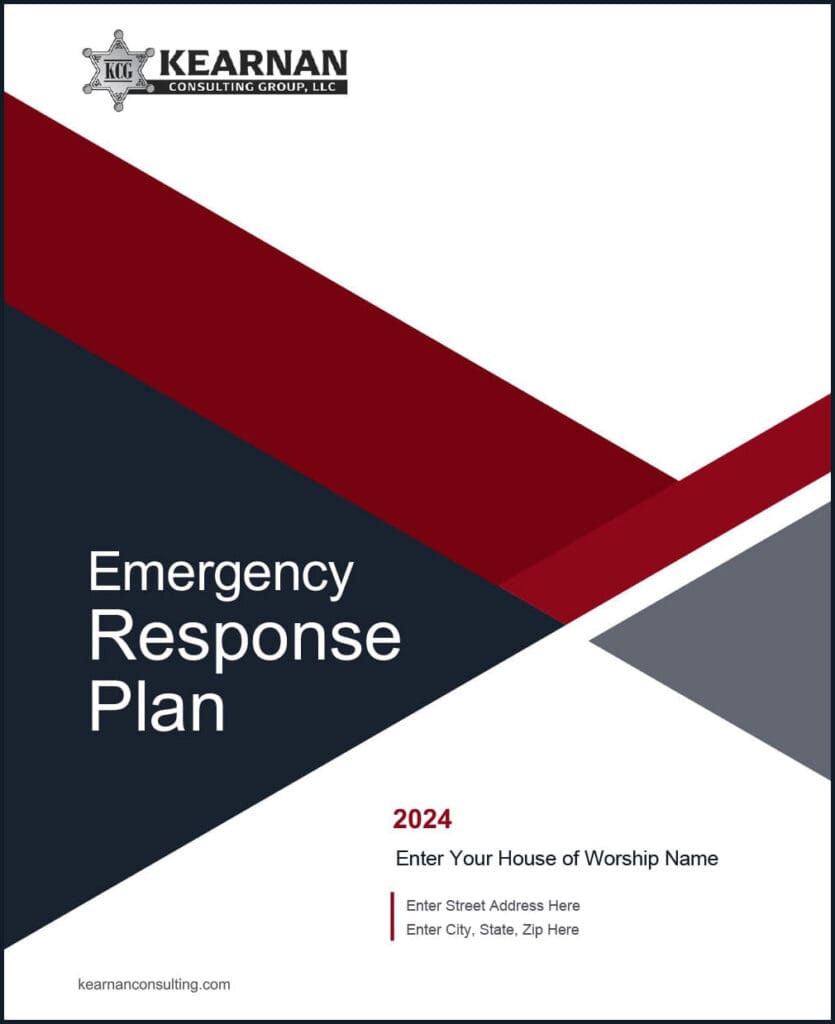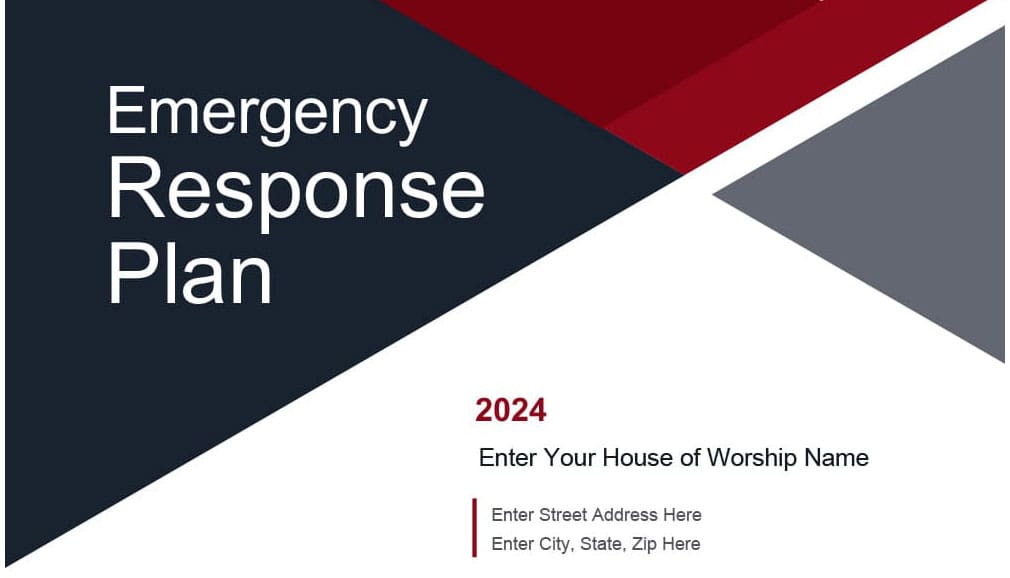
I often get questions from organizations who prefer to disregard inherent risks and lessen expectations simply to avoid the work and commitment that is required to have a prepared team and safe environment.
Should we consider a best practice model or an unvetted Beginner or Novice level “copy and paste plan” from another organization?
The follow up questions I often ask are:
Do you know who wrote the plan? Has the plan been vetted? Has the plan been tested? Is the plan supported by regulatory authorities and best practices? Are you confident you can defend the plan under scrutiny? If one already exists, why would you not use it? Why re-create the wheel with one that has no spokes?
Having a best practice plan is fundamental for safety and security teams, and here are several reasons why it is the best way forward to a Beginner or Novice plan.
1. Comprehensive Risk Assessment
- Best Practice Plan: Conducts thorough risk assessments to identify potential threats and vulnerabilities, ensuring all possible scenarios are considered.
- Beginner or Novice Plan: May overlook critical risks, leaving the team unprepared for certain situations.
- Reference: Federal Emergency Management Agency (FEMA) guidelines on risk assessment and planning.
- Regulatory Authority: FEMA
2. Detailed Procedures and Protocols
- Best Practice Plan: Includes detailed procedures and protocols for various emergencies, ensuring a structured and effective response.
- Beginner or Novice Plan: Often lacks detailed instructions, leading to confusion and inefficiency during emergencies.
- Reference: Occupational Safety and Health Administration (OSHA) guidelines on emergency preparedness and response.
- Regulatory Authority: OSHA
3. Training and Preparedness
- Best Practice Plan: Emphasizes regular training and drills, ensuring team members are well-prepared and confident in their roles.
- Beginner or Novice Plan: May not prioritize training, resulting in a team that is less prepared and more prone to errors.
- Reference: National Institute for Occupational Safety and Health (NIOSH) recommendations on workplace safety training.
- Regulatory Authority: NIOSH
4. Resource Allocation
- Best Practice Plan: Efficiently allocates resources, including personnel, equipment, and technology, to maximize effectiveness.
- Beginner or Novice Plan: Can result in inefficient use of resources, potentially compromising safety and security.
- Reference: International Organization for Standardization (ISO) 31000:2018 Risk Management Guidelines.
- Regulatory Authority: ISO
5. Communication and Coordination
- Best Practice Plan: Establishes clear communication channels and coordination mechanisms, ensuring seamless collaboration during incidents.
- Beginner or Novice Plan: Often lacks robust communication strategies, leading to miscommunication and delays.
- Reference: National Incident Management System (NIMS) guidelines on communication and information management.
- Regulatory Authority: FEMA
6. Compliance and Legal Considerations
- Best Practice Plan: Ensures compliance with all relevant laws, regulations, and industry standards, reducing legal risks.
- Beginner or Novice Plan: May not fully address compliance requirements, increasing the risk of legal issues.
- Reference: OSHA regulations on workplace safety and health standards.
- Regulatory Authority: OSHA
7. Continuous Improvement
- Best Practice Plan: Incorporates feedback and lessons learned from past incidents to continuously improve and update the plan.
- Beginner or Novice Plan: Often static and does not evolve based on new information or experiences.
- Reference: Plan-Do-Check-Act (PDCA) cycle for continuous improvement.
- Regulatory Authority: ISO
8. Stakeholder Confidence
- Best Practice Plan: Builds trust and confidence among stakeholders, including employees, clients, and regulatory bodies, by demonstrating a commitment to safety and security.
- Beginner or Novice Plan: May fail to instill confidence, potentially jeopardizing support and cooperation.
- Reference: FEMA’s Community Preparedness Toolkit.
- Regulatory Authority: FEMA
9. Incident Response and Recovery
- Best Practice Plan: Provides a clear framework for incident response and recovery, minimizing downtime and ensuring a swift return to normal operations.
- Beginner or Novice Plan: Often lacks a comprehensive recovery strategy, leading to prolonged disruptions.
- Reference: FEMA’s National Response Framework (NRF).
- Regulatory Authority: FEMA
10. Morale and Team Cohesion
- Best Practice Plan: Enhances team morale and cohesion by providing clear roles, responsibilities, and support, fostering a sense of preparedness and confidence.
- Beginner or Novice Plan: Can lead to frustration and low morale due to ambiguity and lack of direction.
- Reference: NIOSH guidelines on building a positive safety culture.
- Regulatory Authority: NIOSH
In summary, a best practice plan equips safety and security teams with the tools and guidance needed to effectively manage risks, respond to incidents, and maintain a safe environment, ultimately leading to greater success and peace of mind for all involved.
Learn more about the Emergency Response Plans we offer, or reach out with any questions. We’re here to help.


